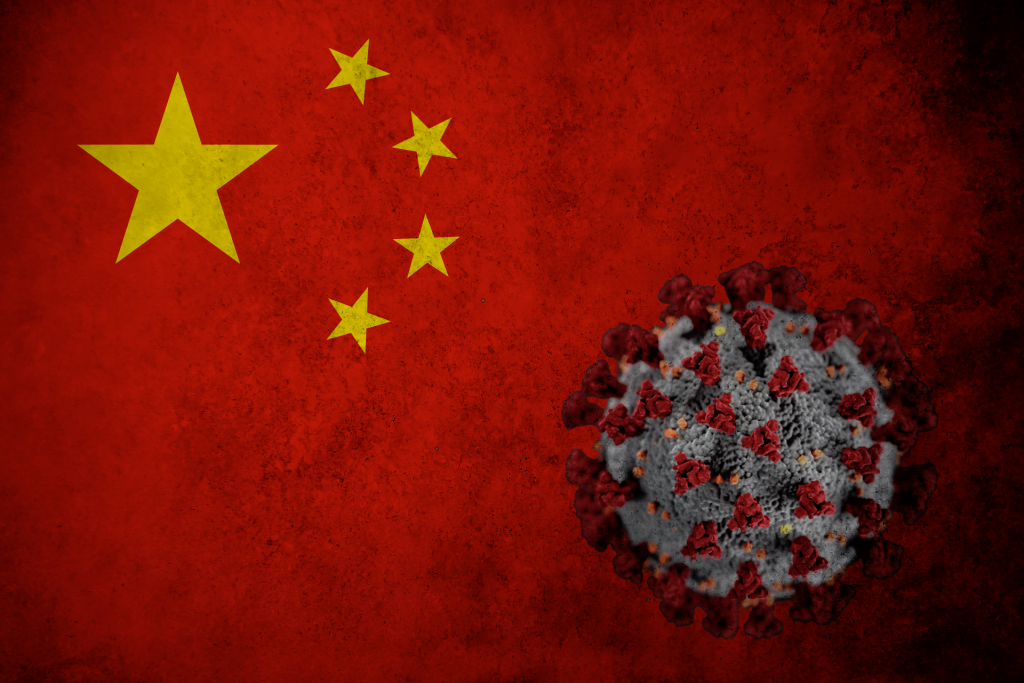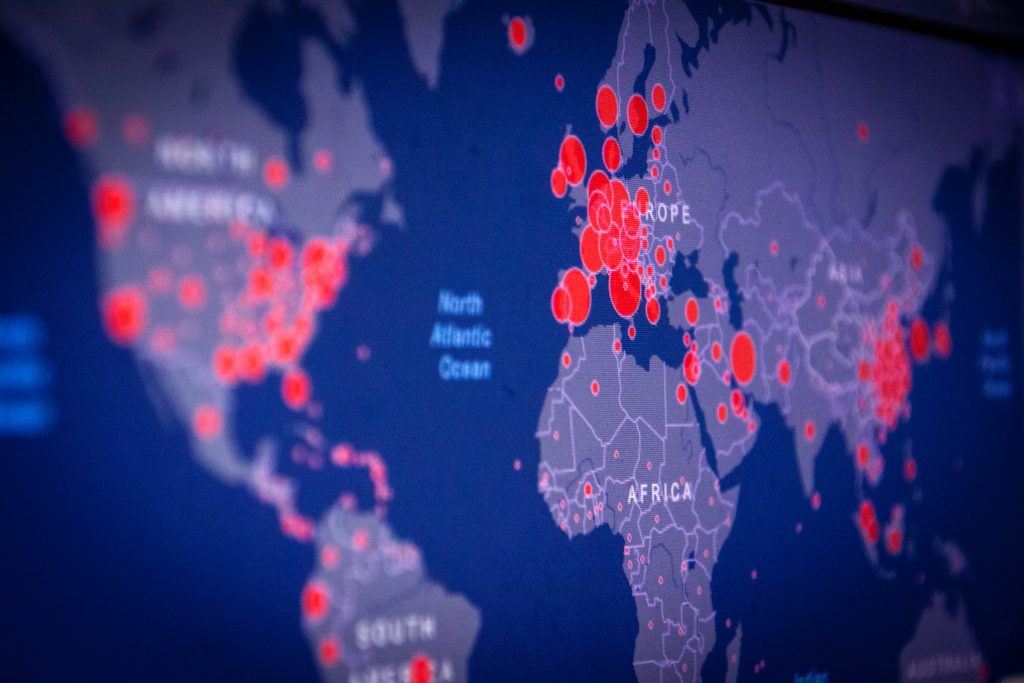New US Report Rekindles ‘Lab Leak’ Debate over COVID Origins

Once again, the ‘lab leak’ theory of COVID’s origin has returned to the headlines. On Sunday, the Wall Street Journal revealed that a US Department of Energy report had determined that the origin of COVID was ” most likely” an accidental release from a laboratory, according to those who had read the report, though the assessment was with “low confidence”.
Ambassador Nicholas Burns told a US Chamber of Commerce event on Monday that China needs to “be more honest about what happened three years ago in Wuhan with the origin of the Covid-19 crisis”.
China’s foreign ministry countered that COVID’s origin “was about science and should not be politicised”.
The FBI assigned “moderate confidence” to a laboratory origin for the virus, while four other US agencies assigned a “low confidence” to a natural origin. Two others, including the CIA, remained undecided. An update on their views has been provided, apparently due to new information, but has not been made public.
To many scientists, the origin of SARS-CoV-2 has been settled as it has been traced to outbreaks in the Wuhan meat market two weeks before its first detection. A literature analysis published in PNAS concluded that the evidence overwhelmingly favoured a natural origin.
Many other scientists are not convinced by the zoonotic hypothesis. Virologist Jesse Bloom, at the Fred Hutchinson Cancer Center, said the PNAS review’s literature analysis was a good idea – but the zoonosis proponents haven’t provided much new data. “What we’ve seen is mostly reanalysis and reinterpretation of existing evidence.”
The PNAS review started out as a Lancet commission led by Jeffrey Sachs, who disbanded the task force due to a number of members with vested interests against the lab leak hypothesis. Their aim was to gather lessons learnt from the pandemic. The Lancet eventually published its own review, which concluded that there was equal probability for a laboratory or natural origin.
Even so, a continued lack of cooperation from China with international investigators has made it virtually impossible to definitively pinpoint the virus’s emergence. Ultimately, the lesson of past pandemics is that outbreaks can result from either zoonotic origins or from laboratory accidents, both of which are factors which need to be safeguarded against by humans.



